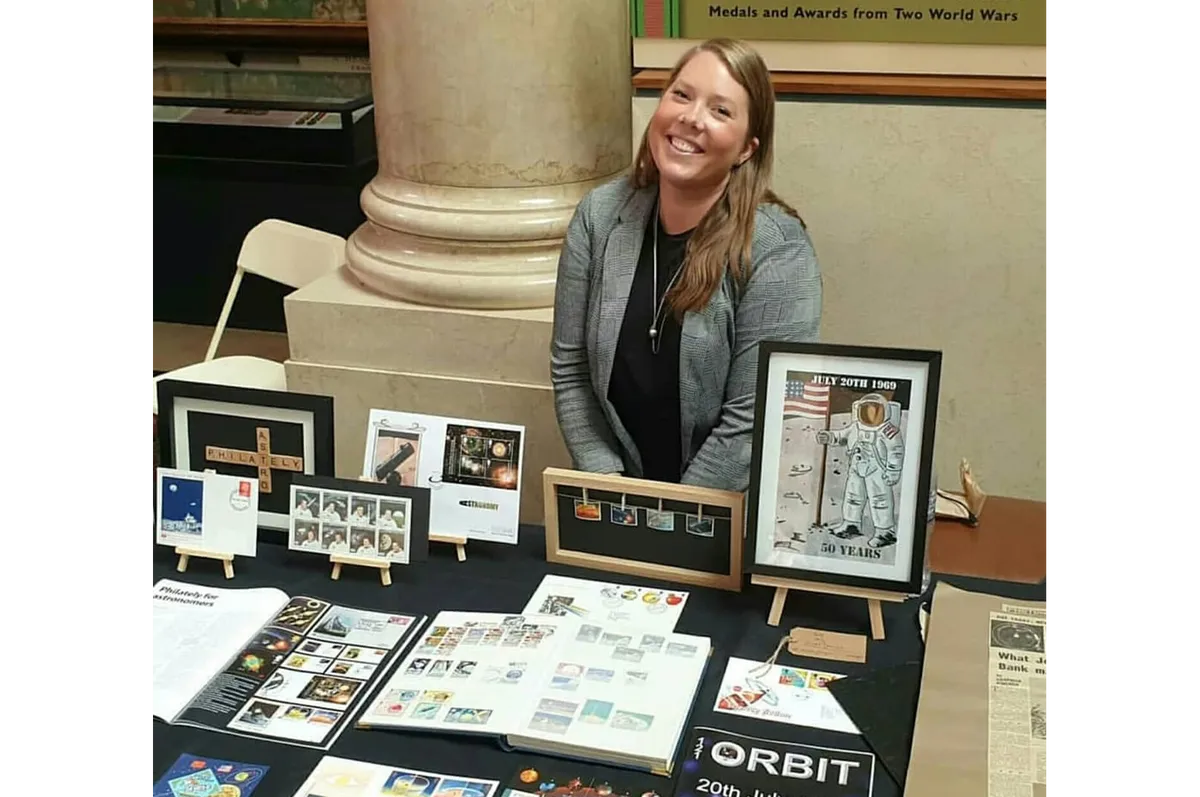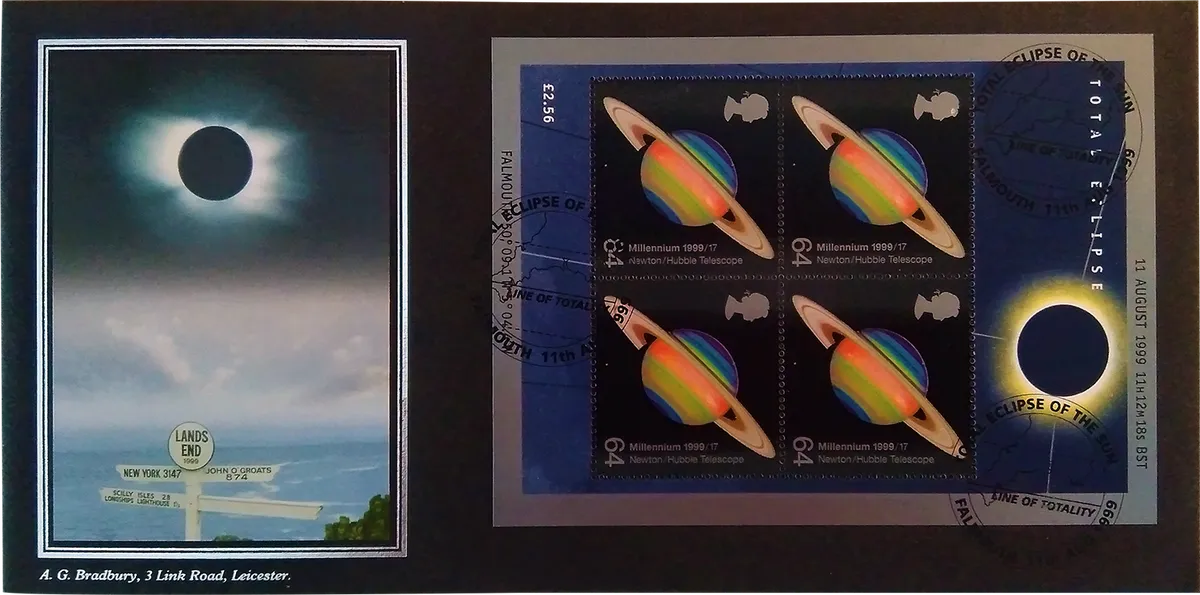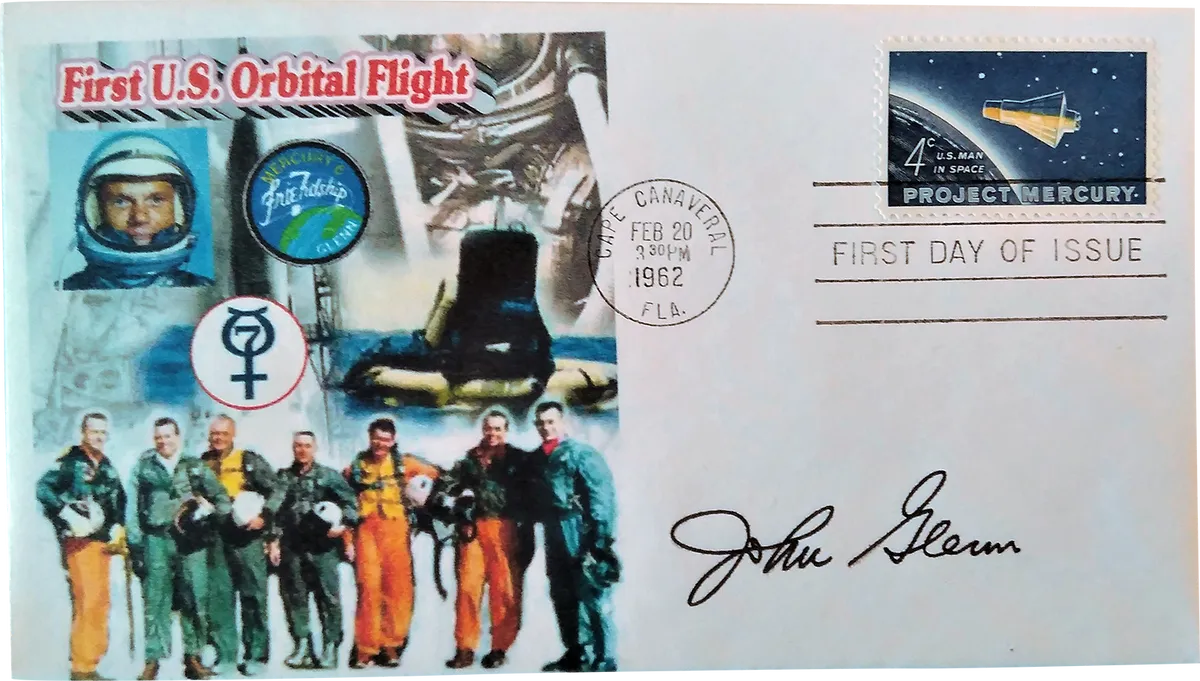What do you do on a cloudy night when you can't observe the night sky? Perhaps you read a book or dig out old astrophotographs that you never got around to editing. I like to focus my attention on my most rewarding hobby: philately, or stamp collecting as it is more commonly known.
Even on a cold, wet December evening, with the prospect of weeks of cloud ahead, I can gaze upon the wonders of the Universe from the comfort of my sofa.
Philately may be something that you associate with older generations, but I can assure you it is quite the opposite.
The clear, crisp images bursting with vibrant colour on stamps and first day covers unravel historical and educational tales of famous celestial events and space exploration.

The subjects of astronomy and space exploration have been celebrated on stamps and philatelic material dating as far back as 1887, when Brazil issued a stamp depicting Crux Australis, the Southern Cross.
Slowly, postage stamps issued with an astronomical theme spread to other countries including Poland, Japan, the US and finally to the UK in 1966 when the Royal Mail issued a yellow stamp illustrating the Lovell Telescope at Jodrell Bank.
Featuring observatories, famous historical astronomers, constellations, space missions and even animals in space, stamps have been issued to commemorate and celebrate achievements and astronomical discoveries in all corners of the world.
My personal collection has grown from being solely focused on astronomy stamps and covers issued by the Royal Mail to now possessing a large catalogue of philatelic material issued in the US.
These stamps cover everything from the Moon landing in 1969 to Hubble repair missions and even Mars exploration; researching the stamps and covers, cancellation dates and autographs on the covers has broadened my knowledge and understanding of topics which I previously knew little about.

Outreach events provide an opportunity to educate people about astronomy and space exploration through this rather unusual medium.
I have taken small parts of my collection to local museums, choosing carefully how to display it in an interesting and engaging manner.
From Herschel to Hubble, nebulae to Neptune, I take great joy in delighting visitors with this miniature world of stellar information.
STEM Through Stamps, as I like to call it, is an original and surprising way of educating astronomers.
People are amazed that the story of Halley’s Comet can be told with just four colourful stamps on an ordinary looking envelope.

For over a hundred years, stamps have been issued commemorating and celebrating the many facets of astronomy and space exploration.
Why not start your own collection by researching the subject on the internet or join an astronomy stamp society to immerse yourself in a new way of learning about your favourite subject?
This unique and fascinating branch of thematic philately will take you on a breathtaking journey into the Solar System and beyond, and it won’t cost the Earth.
Katrin Raynor Evans is a Fellow of the Royal Astronomical Society and Features Editor for the Society for Popular Astronomy.
